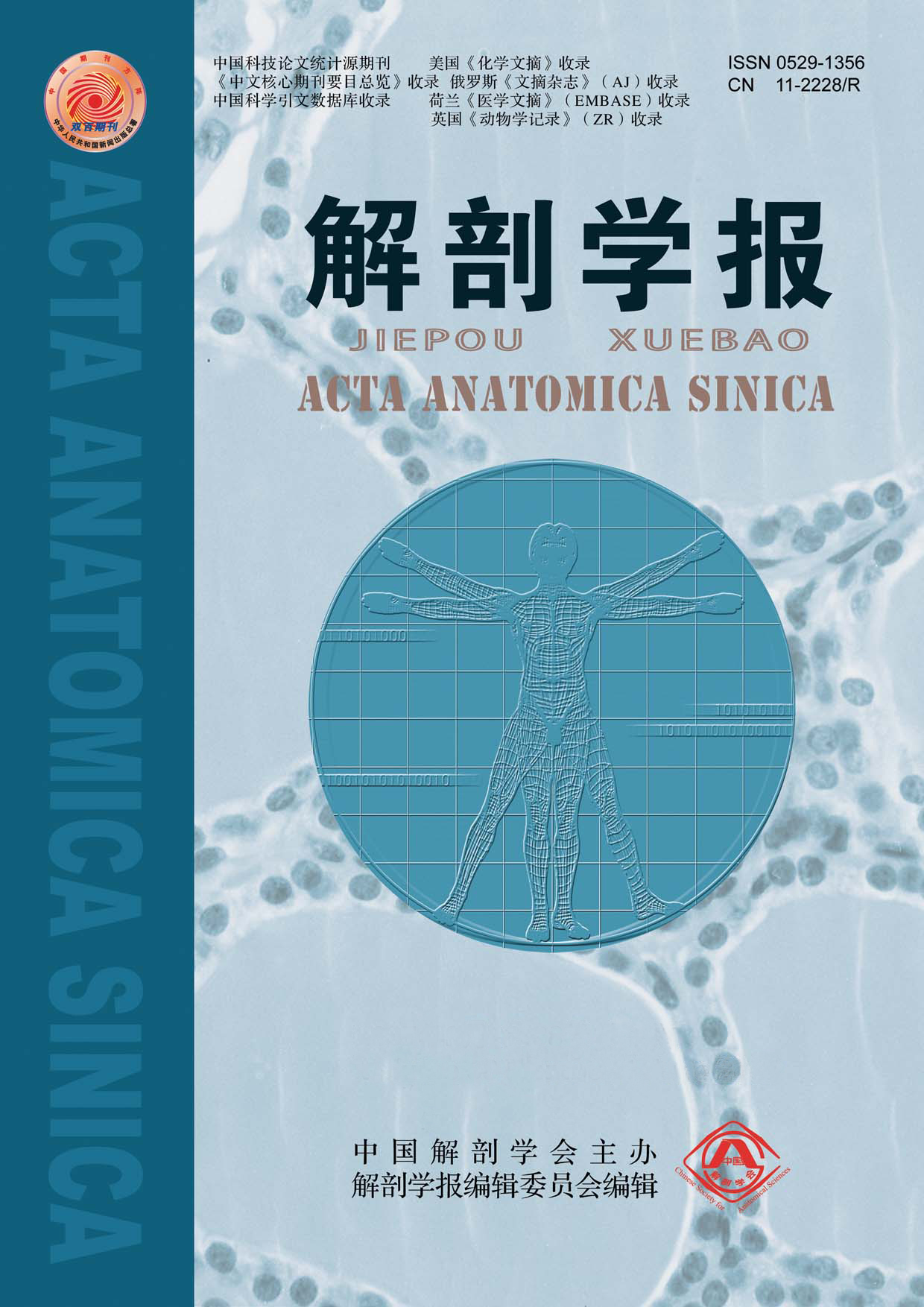Objective To compare clinical outcome of different methods for cryopreservation of human cleavage stage embryos. Methods The data of 1331 cleavage stage frozen-thawed embryo transfer cycles including 431 slow-freezing cycles and 900 vitrification cycles were retrospectively analyzed in Pecking First Hospital from January 2011 to December 2015. The survival rate, intact embryo rate, clinical pregnancy rate, implantation rate, cycle cancel rate and miscarry rate of differentmethod for cryopreservation of human cleavage stage embryos were compared. Results The survival rate (92.53%), intact embryo rate (75.43%), clinical pregnancy rate (45.72%), and implantation rate (27.41%) of vitrification were all higher than those of slow-freezing (76.93%, 48.46%, 39.52%, and 19.88%, respectively; P<0.05), but there was no difference between the miscarriage rate (12.20%; P>0.05) and the cycle cancel (12.56%; P>0.05). The clinical pregnancy rate of transfer 0, 1, 2, 3 intact embryos after slow-freezing were 36.2%, 37.7%, 42.0%, and 44.3% (P>0.05), respectively, and those after vitrification were 20.5%, 42.3%, 48.8%, and 54.1% (P<0.05) respectively. Conclusion Vitrification is a more effective means of cryopreserving human cleavage stage embryo than conventional slow freezing. There is no effect of cell loss on the freezing embryo development potency after slow-freezing, but cell loss affects the freezing embryo development potency after vitrification.


